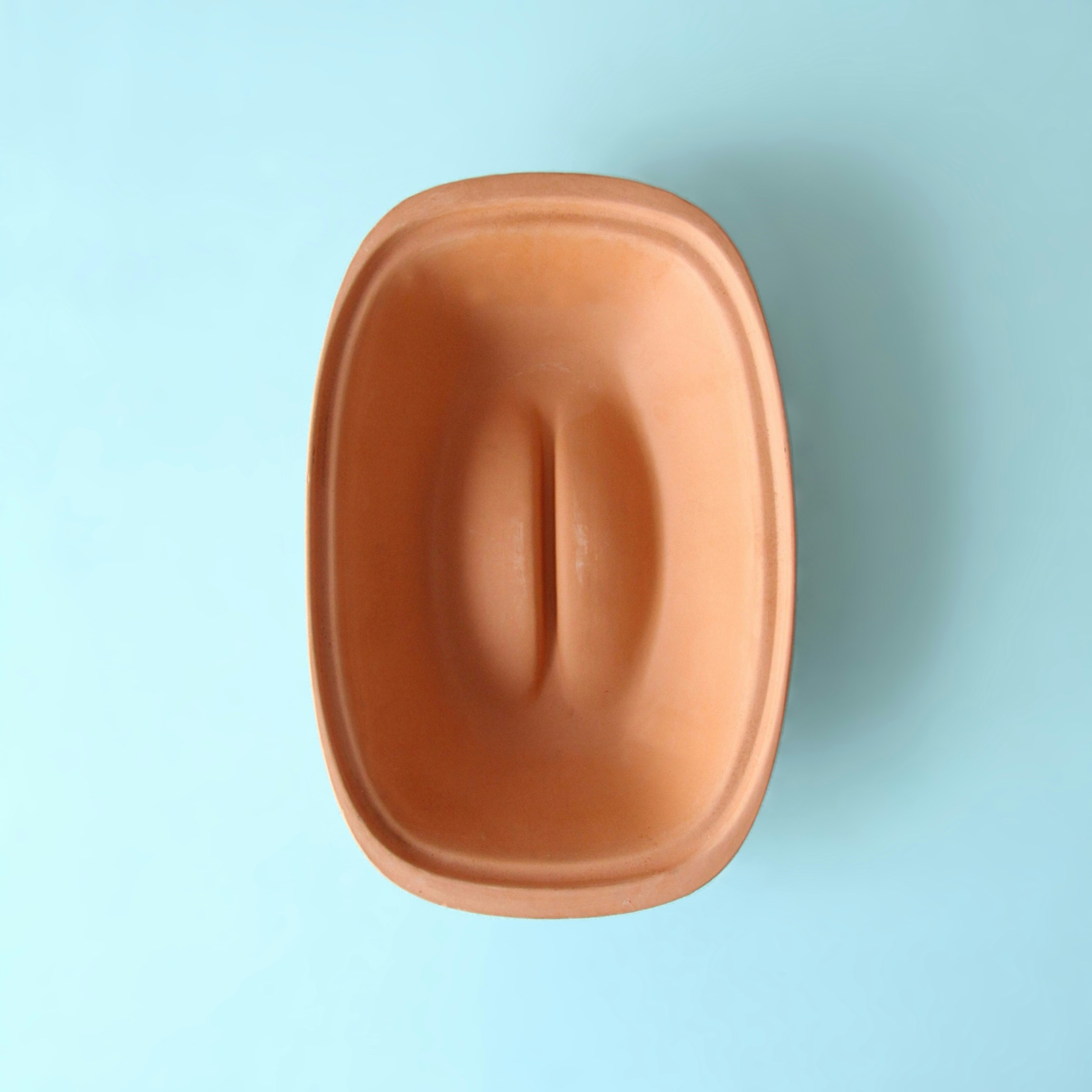Have you ever wondered if your routine health check-up can reveal more than just your cholesterol levels or blood pressure? What if it could also provide insights into the health of your prostate, potentially alerting you to a swollen prostate? This query is not only common but also crucial, especially considering how prostate health becomes increasingly important as you age.
Understanding the Prostate
Before discussing how a swollen prostate can be diagnosed, it's essential to understand the prostate gland itself. The prostate is a small gland roughly the size of a walnut. It sits below the bladder and in front of the rectum, surrounding the urethra—the tube through which urine flows.
The Role of the Prostate
The prostate's primary function is to produce seminal fluid, which nourishes and transports sperm. As you age, the prostate undergoes changes which can affect its function and size. Understanding these changes is important in the context of diagnosing prostate issues.
What Causes a Swollen Prostate?
Prostate enlargement, also known as benign prostatic hyperplasia (BPH), is common in men over 50. But what causes the prostate to swell?
Age-Related Changes
As you grow older, the prostate starts growing again, sometimes leading to BPH. This enlargement can put pressure on the urethra, causing urinary problems.
Hormonal Factors
Hormones also play a significant role. Testosterone and its byproduct, dihydrotestosterone (DHT), are critical in maintaining the growth of the prostate. An imbalance or increase in these hormones can contribute to prostate swelling.
Other Factors
Genetic predisposition, obesity, diabetes, and heart diseases are related factors that may increase the risk of developing a swollen prostate.

Symptoms of a Swollen Prostate
Recognizing the symptoms of a swollen prostate is critical. These symptoms can impact your quality of life, making early diagnosis even more vital.
Urinary Symptoms
Typical symptoms include a frequent need to urinate, especially at night, difficulty starting urination, weak urine stream, and the inability to completely empty the bladder. If you notice any of these signs, it might be time to discuss them with your healthcare provider during your routine check-up.
Other Symptoms
Besides urinary issues, you might experience discomfort or pain after ejaculation, or blood in the urine, all of which should be assessed by a doctor.
How Routine Check-Ups Can Help Diagnose a Swollen Prostate
Routine check-ups play a pivotal role in maintaining overall health and can indeed be a starting point for diagnosing a swollen prostate. So, how can regular check-ups help in identifying prostate issues?
Routine Physical Exam
Your doctor might perform a digital rectal exam (DRE) as part of a routine check-up, especially if you're over 50. This involves the doctor inserting a gloved, lubricated finger into the rectum to examine the prostate for any irregularities in size, shape, or texture.
Prostate-Specific Antigen (PSA) Test
Another valuable tool is the Prostate-Specific Antigen (PSA) test. PSA is a protein produced by both cancerous and noncancerous prostate tissue. Higher than normal levels might suggest prostate enlargement, infection, or even cancer, leading your doctor to perform further evaluations.

Diagnostic Steps and Tests
If your routine check-up indicates a swollen prostate, your healthcare provider might recommend further testing to understand the underlying cause and determine appropriate treatment options.
Uroflowmetry
This non-invasive test measures the amount of urine and the flow rate to assess how well the bladder and urethra are functioning.
Post-Void Residual Volume Test
This test determines how much urine remains in the bladder after urination. A significant amount can suggest an issue with the prostate obstructing the urethra.
Cystoscopy
A cystoscopy allows the doctor to see inside the urethra and bladder using a thin tube with a camera and light at the end. It's a more direct way to assess the prostate's size and condition.
Ultrasound
A transrectal ultrasound uses sound waves to create an image of the prostate gland, providing detailed information on its size and any abnormalities.
| Test | Purpose | Procedure |
|---|---|---|
| Uroflowmetry | Measures urine flow rate | Non-invasive; tests bladder and urethra function |
| Post-Void Residual | Assesses urine left in bladder after urination | Non-invasive; uses ultrasound or catheter |
| Cystoscopy | Direct visual examination of the urethra | Invasive; uses a camera-tipped tube inserted via urethra |
| Ultrasound | Creates images of the prostate | Non-invasive; uses sound waves |
Why Early Diagnosis is Important
Diagnosing a swollen prostate early in its course can make a significant difference. So, why is it vital to catch these changes sooner rather than later?
Preventing Complications
Early diagnosis can prevent further complications like bladder damage, urinary tract infections, or even kidney problems due to prolonged obstruction or urine retention.
Better Treatment Outcomes
If treatments or lifestyle changes are initiated early enough, they can reduce symptoms effectively, improving your quality of life and preventing the condition from worsening.

Treatment Options for a Swollen Prostate
If you've been diagnosed with a swollen prostate, rest assured there are several treatment options available. Your doctor can discuss which might be best suited for you based on your symptoms and overall health.
Medication
Medications are often the first line of treatment. Alpha-blockers help relax bladder neck muscles and muscle fibers in the prostate, making urination easier, while 5-alpha reductase inhibitors can shrink the prostate by blocking hormonal changes.
Minimally Invasive Procedures
Procedures like transurethral microwave thermotherapy (TUMT) or transurethral needle ablation (TUNA) use microwave or radiofrequency energy to destroy excess prostate tissue.
Surgery
In severe cases, surgery may be necessary. Transurethral resection of the prostate (TURP) is a common surgical procedure used to remove part of the prostate, relieving symptoms effectively.
Lifestyle Changes and Management
While medical treatments are crucial, lifestyle adjustments can also play an important role in managing prostate health.
Diet and Exercise
Maintaining a healthy weight, eating a balanced diet, and exercising regularly can reduce inflammation and support overall prostate health.
Monitoring Fluid Intake
Paying attention to your fluid intake—especially in the evening—can help manage nocturia, a common symptom of a swollen prostate. Limiting alcohol and caffeine can also be beneficial.
Regular Follow-Ups
Stay in touch with your healthcare provider regularly to monitor your condition and adjust treatments as necessary.
The Future of Prostate Health Diagnosis
As technology advances, so do the methods for diagnosing and treating prostate issues. The future holds promising developments that could make diagnosis more accessible and treatments more effective.
Biomarker Research
Ongoing research into biomarkers could lead to more precise diagnostic tests, helping to assess prostate health more accurately without invasive procedures.
Genetics and Personalized Medicine
Personalized medicine, which considers your genetic makeup, could provide more tailored treatment options with better success rates, minimizing the side effects often associated with broad-spectrum treatments.
Innovations in Imaging Technology
Innovations in imaging will continue to improve, offering less invasive ways to examine the prostate and detect abnormalities at an earlier stage.
Conclusion
Your routine check-up plays a vital role in maintaining your overall health and can indeed provide valuable insights into your prostate health. While the swollen prostate might be diagnosed based on symptoms, physical exams, or PSA tests, your ongoing communication with a healthcare provider is crucial. Early diagnosis and treatment can make a significant difference in managing symptoms and preventing complications, ultimately allowing you to maintain a healthy, active lifestyle. So, during your next routine check-up, remember the prostate might just be a fingertip away from ensuring it receives the attention it deserves.

